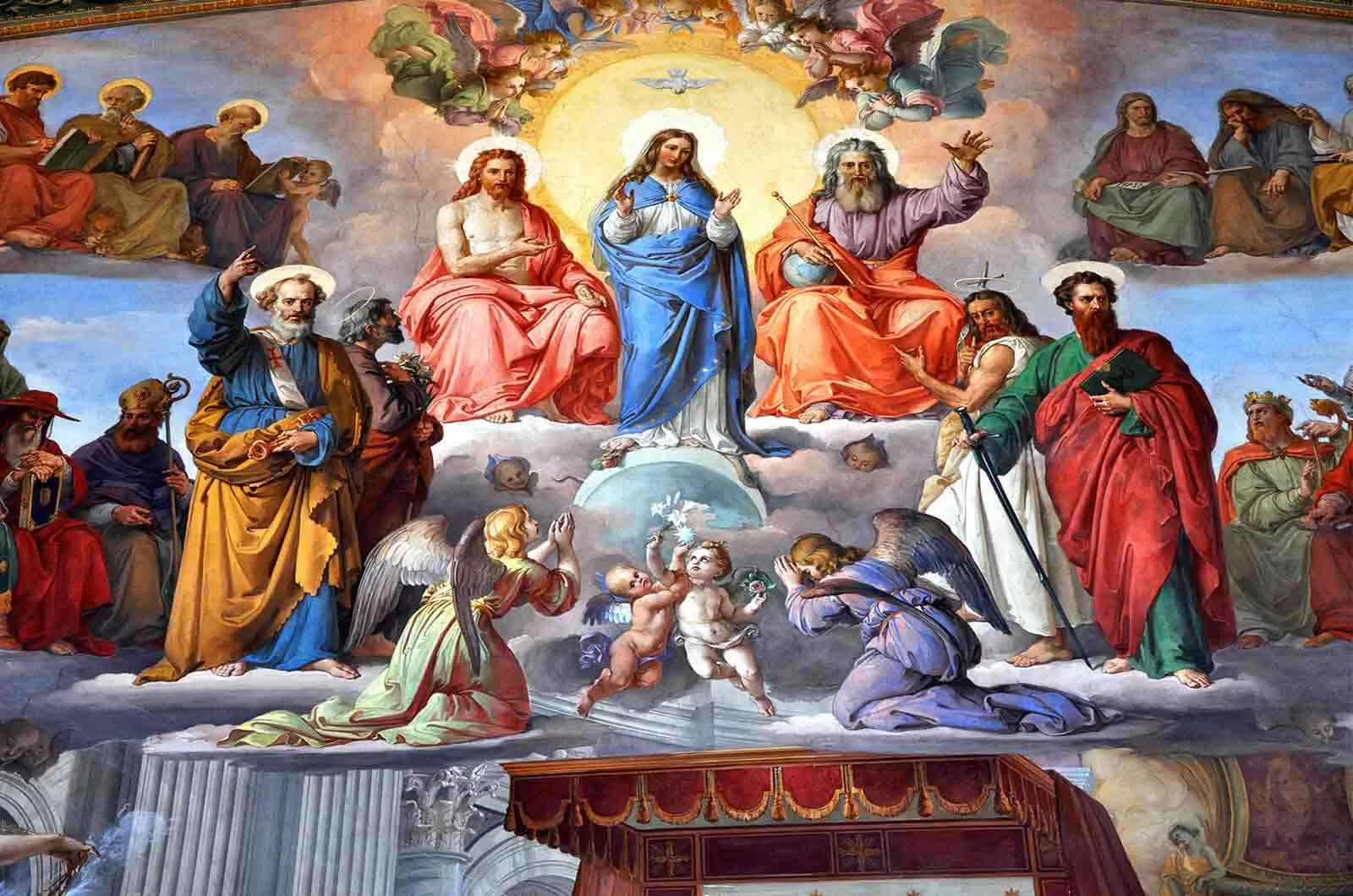
Read More
Translation during the Renaissance period played an integral role in the remodelling, transformation, and interconnected relations that shaped European culture. Renaissance artists started expressing themselves in different ways and exploring new scholarly pursuits. The new outlook from the artists of the Renaissance period was only possible due to the culmination of translations throughout the Middle Ages, paving the way for reformation.
The Renaissance period began in Italy during the 14th century and was highlighted by great inventions and discoveries. This article looks closely at translations at the time and how they paved the way to this period of rebirth for European civilisation.
The Birth of the Renaissance Period
The Renaissance period came right after the Middle Ages, resulting from certain events in the 12th and 15th centuries. Examples of such events include the declining influence of the Catholic Church and the end of the feudal system. These were prevalent social changes during the historical period. Another major event, however, was the development of various national languages.
Language played an especially crucial role in ending the stagnancy of the Middle Ages, thus paving the way for the Renaissance period. With more texts now available in more languages, scholars turned their attention to studying Latin and Greek. Renaissance artists reflected the societal shift and study of new ideas, with artists of the Renaissance gradually shifting from abstract medieval paintings to realistic images depicting the beauty of the natural world.
The Invention of the Moving Printing Press
Renaissance is a French word for rebirth, symbolised in the paintings by artists of the Renaissance. The Renaissance period truly lived up to its name! Aside from societal shifts, civilisation saw a marked increase in scholarly pursuits aided by the availability of texts in multiple languages. Some of the individuals involved were scholars of translation. Other pursuits included astronomy and art, with works of many notable Renaissance artists seen as the epitome of the era.
Most historians state that the Renaissance period kicked off when Johannes Gutenberg created the moving printing press in 1450. The innovation automated the production of books. This increased the volume of texts available to users, as well as increasing their availability. This availability ultimately led to the rapid growth of readers all over Western Europe.
The Increase in Translation Studies
The increased demand for books became a turning point of the Renaissance period. Simultaneously, the strengthening of European nation-states raised the status of provincial languages. In turn, this diminished the role that Latin played in society, increasing the demand for translations into European languages. There was thus a sudden need for more translation scholars to adapt texts.
The translation movement primarily took hold in England, Germany and France in the early 1400s. The translation scholars in these countries were deemed artists of the Renaissance period. Contrary to the translation tradition in the Middle Ages, these Renaissance artists adapted text “sense for sense” rather than “word for word” to retain meaning.
A famous example of a Renaissance translator is German linguist Albrecht von Eyb, famous for translating the works of the Roman playwright Plautus. German translators also adapted the works of Boccaccio and Aesop. In France, Joachim du Bellay, the poet and translator of Ovid’s poems and Etienne Dolet, practiced translation. Dolet was put to the stake, in 1546, due to this free sense to sense translation of Socrates’ utterances.
Infamous Renaissance Scholars of Translation
Translation scholars formed The Platonic Academy during the mid-15th century in Florence to further develop the translation movement. The building of the Platonic Academy in Florence was a turning point for the artists of the Renaissance. The society started to translate notable philosophical and religious works that inspired many Renaissance artists and literary scholars.
Marsilio Ficino was one of the Academy’s first scholars of the Renaissance period. Ficino was able to translate the entire works of Plato into Latin successfully. This included the Enneads of Plotinus and many other Neoplatonic works. Thomas Mallory was another notable member of the Platonic Academy, his major accomplishment being the translation of the tales of King Arthur.
In the 16th century, language and translation studies were developed further, driven by a large percentage of the population’s interest in literary pursuits. In the same century, William Tyndale, one of the English scholars of translation, did his part in the translation movement. He and others worked to produce the Tudor translation of the New Testament before being sentenced to death. His translation of the scripture without a license or permission was the reason for his shortcomings.
Changes in Translation Methods
You could say that the greatest achievement recorded in the Renaissance period was the realist approach to portraying the source language. As mentioned, translation studies diverged from direct translation to creating translations that kept the same context. Translators became Renaissance artists and used creative approaches to adapt texts into many European languages.
This translation method is evident in works like the Bible when it was translated into various West European national languages during the Renaissance. The German Bible was the first language the scholars of translation created using Martin Luther’s translation in 1522. This was exceptionally extraordinary at the time, as Martin Luther resorted to using exclusively spoken German in his biblical adaption, known as The Luther Bible.
At the end of the 16th century, translation scholars and linguists translated the Bible into Dutch, Slovene, French and Spanish. The creative translation approach used by artists of the Renaissance period is still used in modern translations today. Rather than using word-for-word translation, human translators carefully consider the meaning and context of the source language before rendering it into a second language.
Renaissance Translations Loves the Renaissance Period!
As the name suggests, our translation agency admires the notable works of Renaissance artists and translation scholars. The pivotal Renaissance period inspired our name, reflecting the quality and determination of the artists of the Renaissance to create multilingual adaptions. Many of them were even sentenced to death due to their unwavering determination in the movement.
Like the Renaissance period, we give much attention to the quality of our translations. To be accepted in our database, our professional translators must pass through stringent recruitment procedures. This has helped us recruit the best translators, and that’s why we call our translators scholars.
Our professional language services include translation, proofreading, subtitling, voiceover, transcription, transcreation and desktop publishing. We are an associate member of the Association of Translation Companies in England as well as SDL LSP Partner Programme. Contact us today to discuss your translation project; let us be your trusted language partner.





